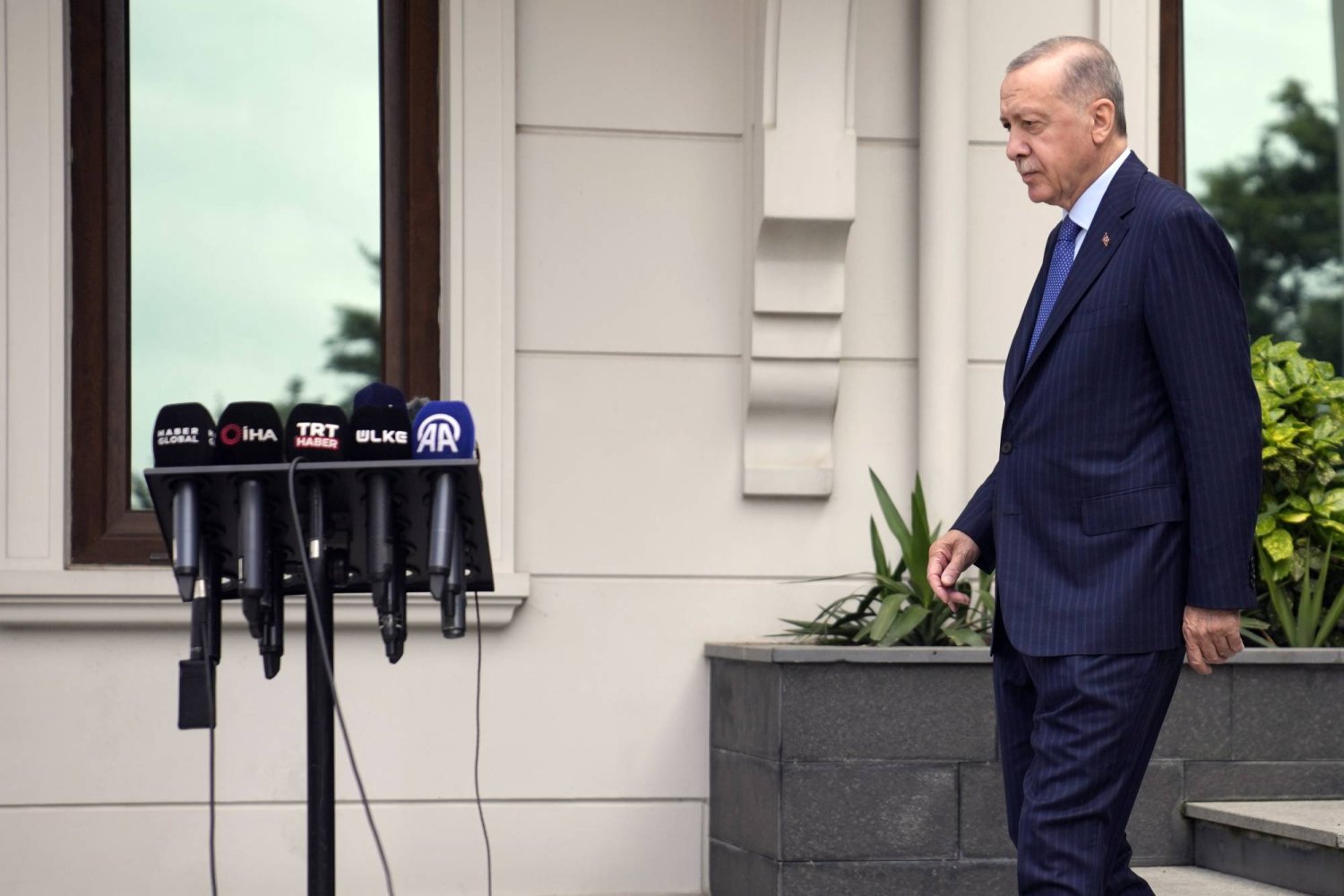The Saudi Shura Council approved the exemption of income taxes for oil and hydrocarbon production non-Saudi companies listed in the Saudi financial market, Tadawul.
Chairman of Shura’s Financial Committee Saleh al-Khelaiwi told Asharq Al-Awsat that the amendment of the income tax relates to a provision in the system about the investment process of non-Saudi companies in the oil industry.
Khelaiwi said that this procedure also applies to Saudi Aramco, which is described as a mixed company that pays taxes and not Zakat.
The Shura Council approved the amendment which allows companies as public shareholding to be exempted from the tax, explained Khelaiwi.
The new amendment also includes companies involved in the oil production process or which contribute to it, including those involved in the production of oil and hydrocarbon, provided that they are listed in Tadawul, according to the Chairman.
He explained that the new amendment does not affect Aramco’s contribution to companies listed in the Saudi market, such as its acquisition of SABIC’s shares, which pays Zakat.
The Chairman noted that the process of tax exemption of public shareholding companies aims to support the financial market and avoid any repercussions due to the tax imposed on foreign companies and not Saudi companies and institutions.
Recently, reports claimed the Council is amending the tax system of Saudis or national companies, which Khelaiwi denied, adding that Saudi citizens are not required to pay an income tax, but the Zakat tax.
Khelaiwi stressed that there is a confusion between the income tax and the value-added tax, noting that the income tax system is set for non-Saudi companies at the end of each fiscal year.
He indicated that the income tax is calculated according to the capital profits which could exceed the 20 percent, whereas Saudi citizens or companies are required to pay 2.5 percent of the profits for the Zakat.
The Saudi Shura Council held its weekly session and discussed important issues including the recommendation submitted by member Fahd bin Jomaa on the annual report of the Ministry of Human Resources and Social Development.
Bin Jomaa called upon the ministry to set a salary scale for private-sector employees that goes in line with their educational qualifications and cost of living. But, the proposal did not receive the majority of votes during the session.
















